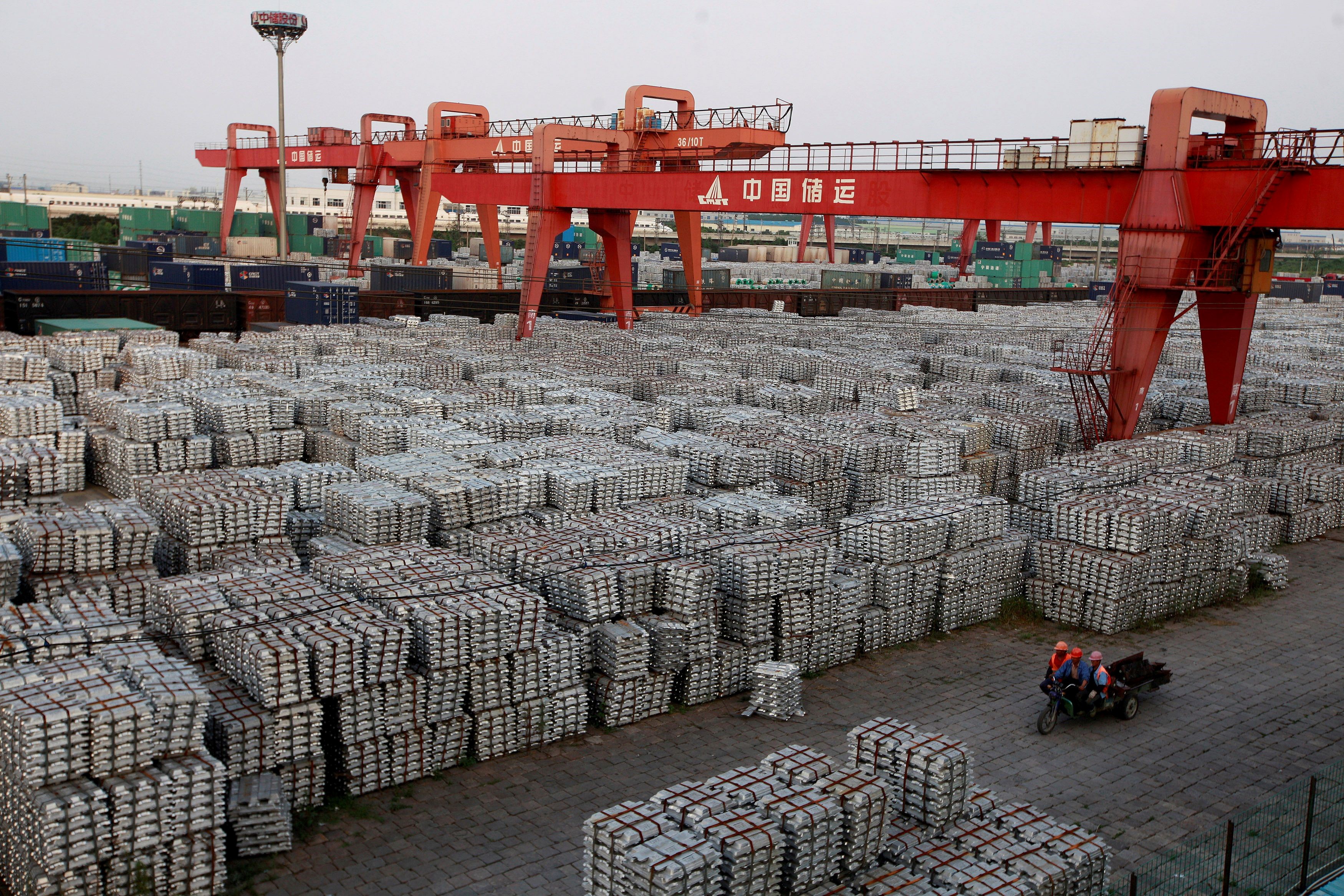

According to the data released by the National Bureau of Statistics, China’s aluminium output in the first two months of 2022 totalled 6.33 million tonnes, which reflected a year-on-year downfall of 1.4 per cent. During the corresponding period last year, China’s aluminium production had amounted to 6.45 million tonnes.

NBS data also showed that the daily average output in January and February combined was 107,288 tonnes, the highest since June 2021, according to Reuters' calculations.
Daily output rose to its highest since mid-2021 despite production curbs in the heating season and during the Winter Olympics, as smelter hubs located away from the capital Beijing maintained operations. Also, production restrictions due to the energy crisis created no impact on the daily output.
China had cut production of the energy-intensive metal in some regions last year to limit the consumption of power to meet environmental goals and tackle energy crisis, but some smelters had recommissioned their operations to return to previous production levels, resulting in bullish daily output.
"The Winter Olympics had little impact on primary aluminium (output)," said Paul Adkins, managing director of consultancy AZ Global based in Zibo, Shandong province, as major production centres are not close to Beijing.

Adkins expects an increase in production in the two subsequent months to as much as 3.5 million tonnes in March 2022, as Yunnan province has released energy permits.
"The big question is expected production for March and April. Yunnan province has released energy permits," Adkins said. "We expect a big increase in the next two months ... to as much as 3.5 million tonnes in March," he said, as Yunnan is a key aluminium producing province.
Responses








